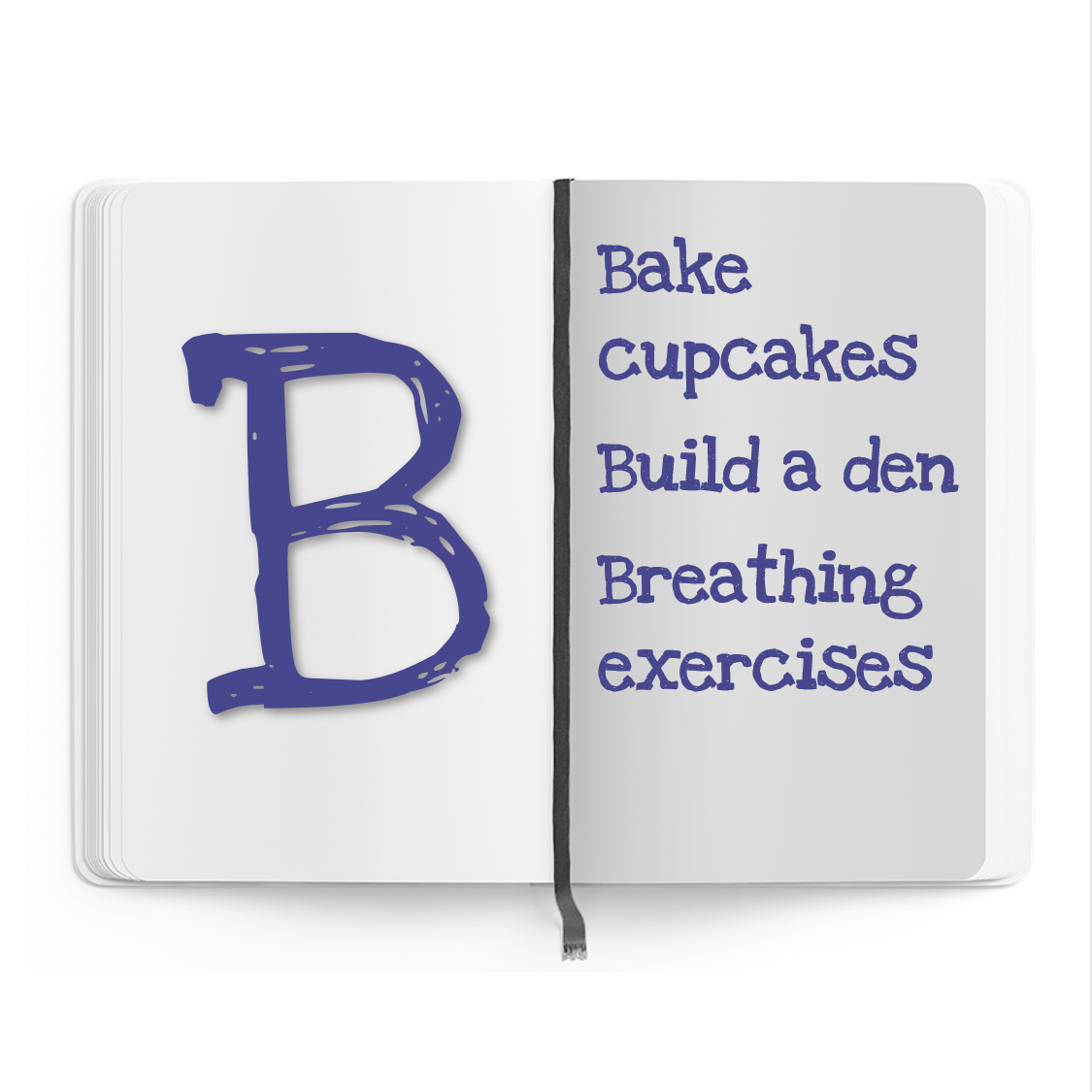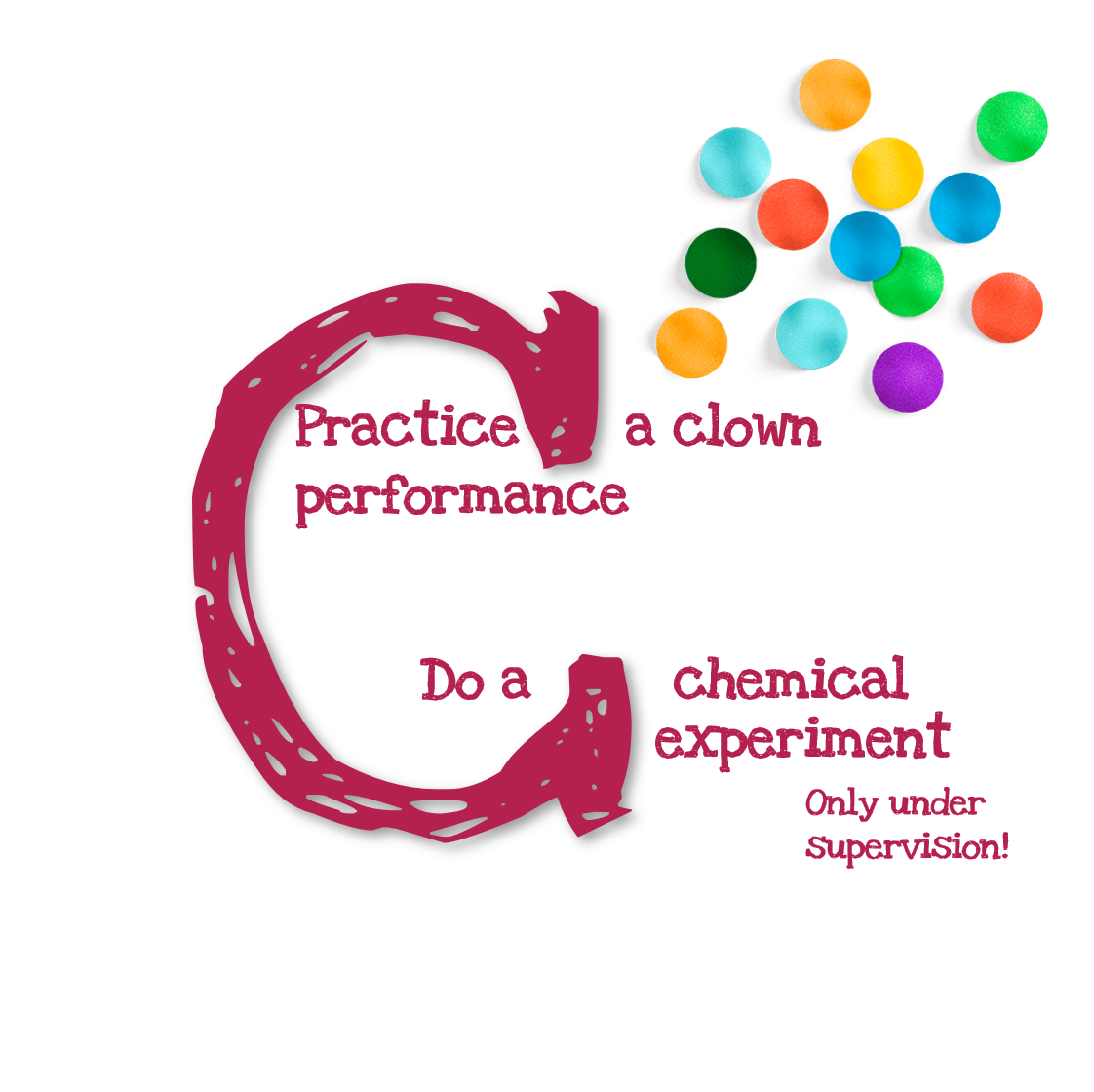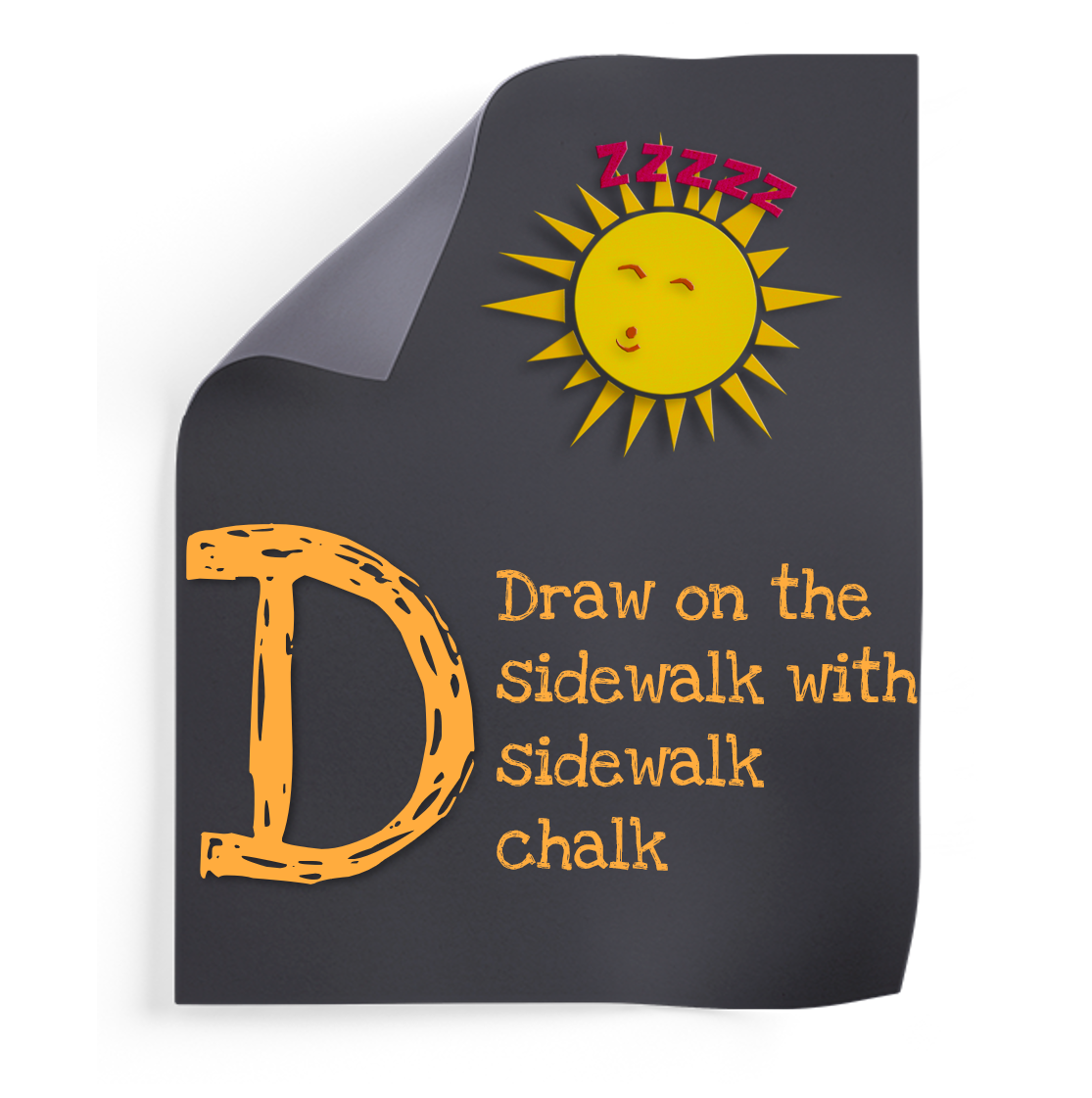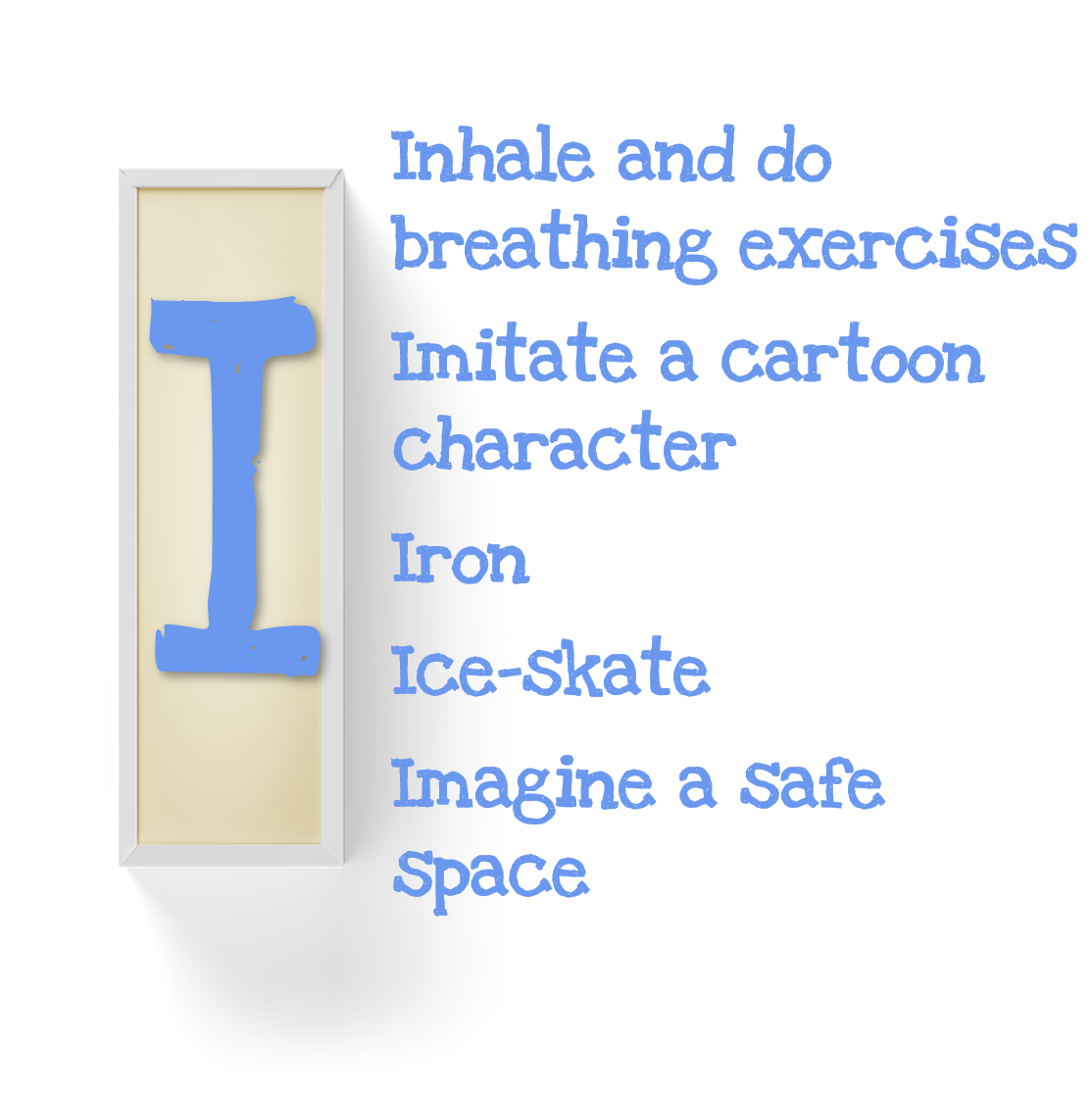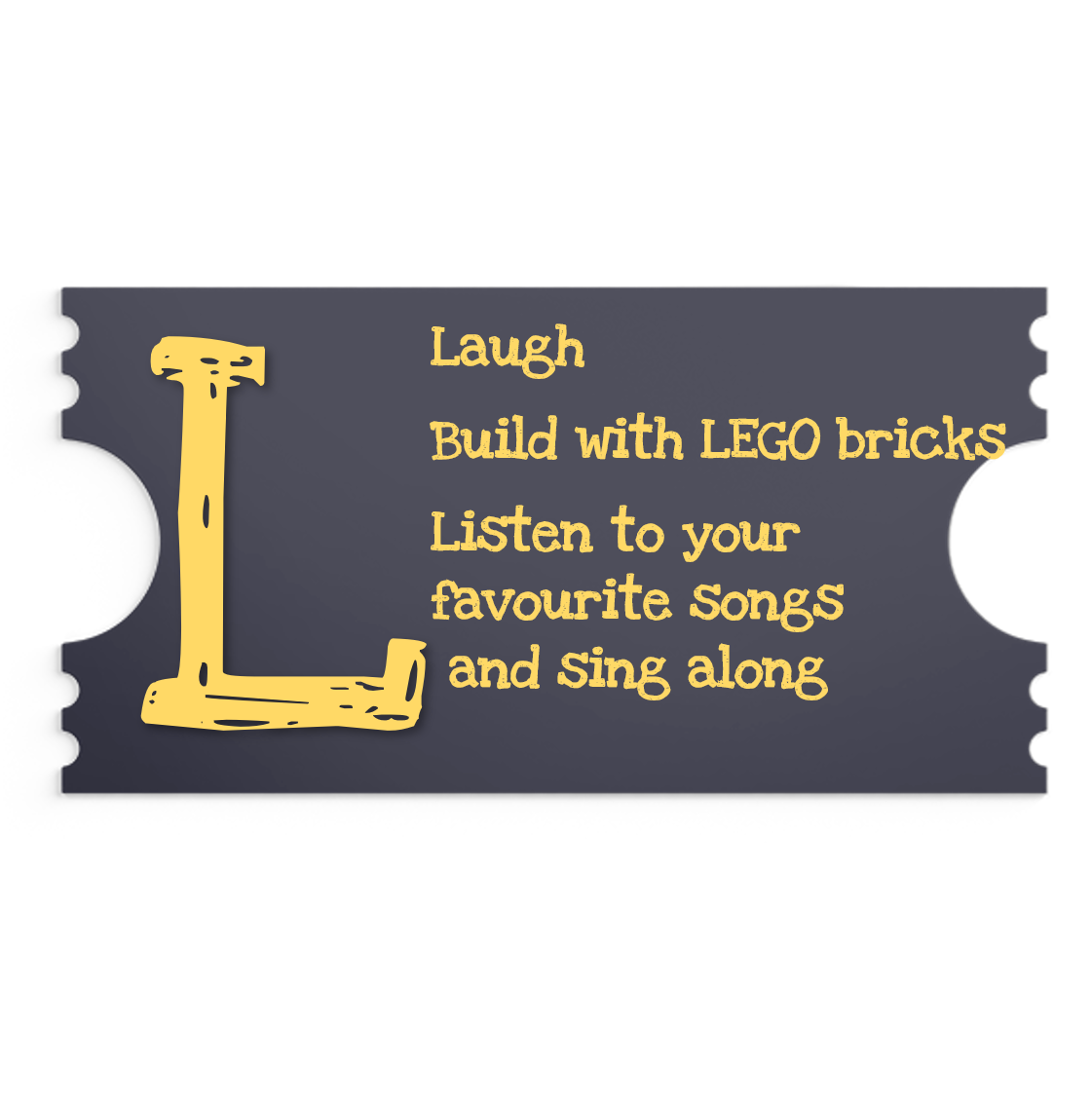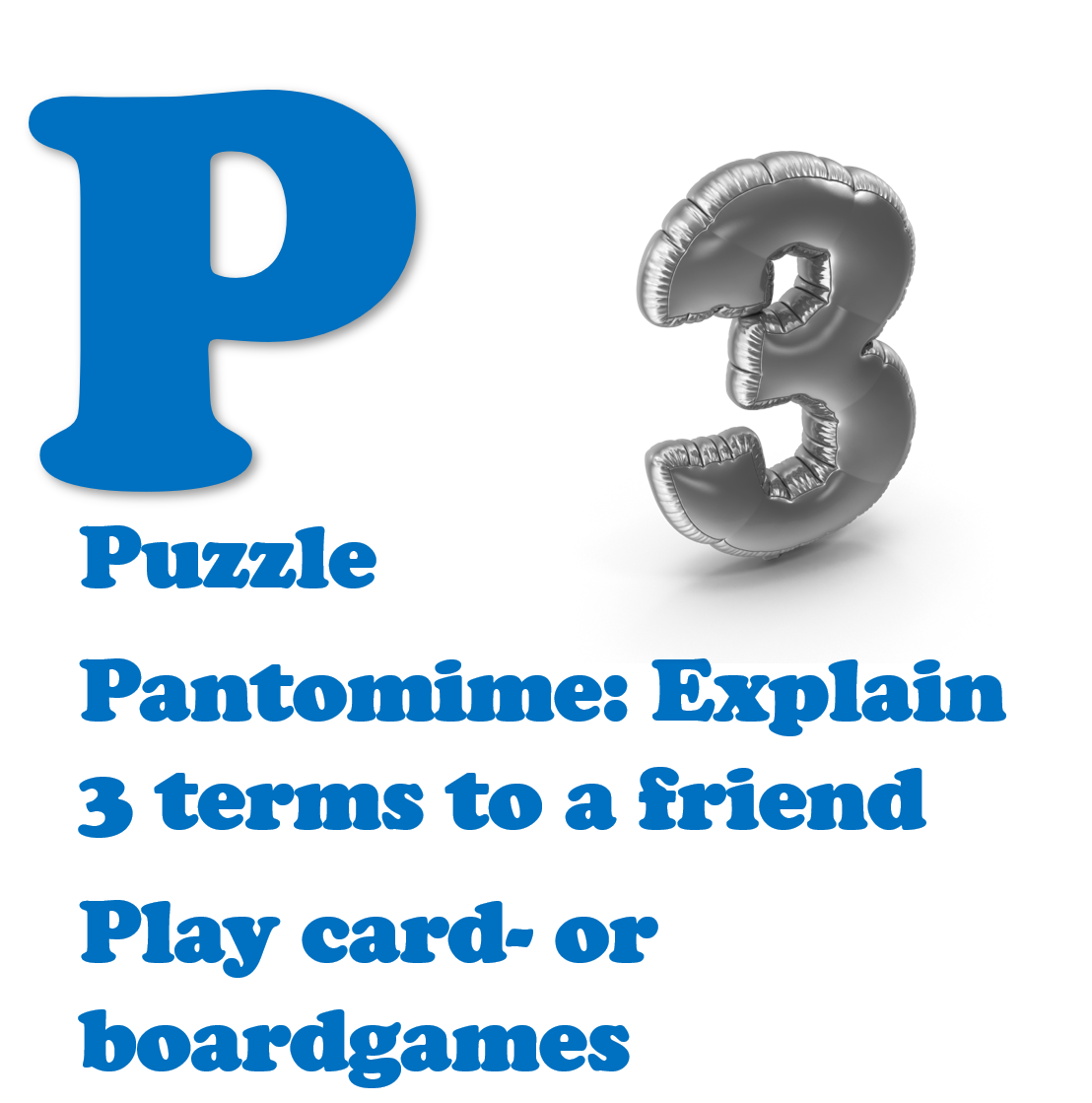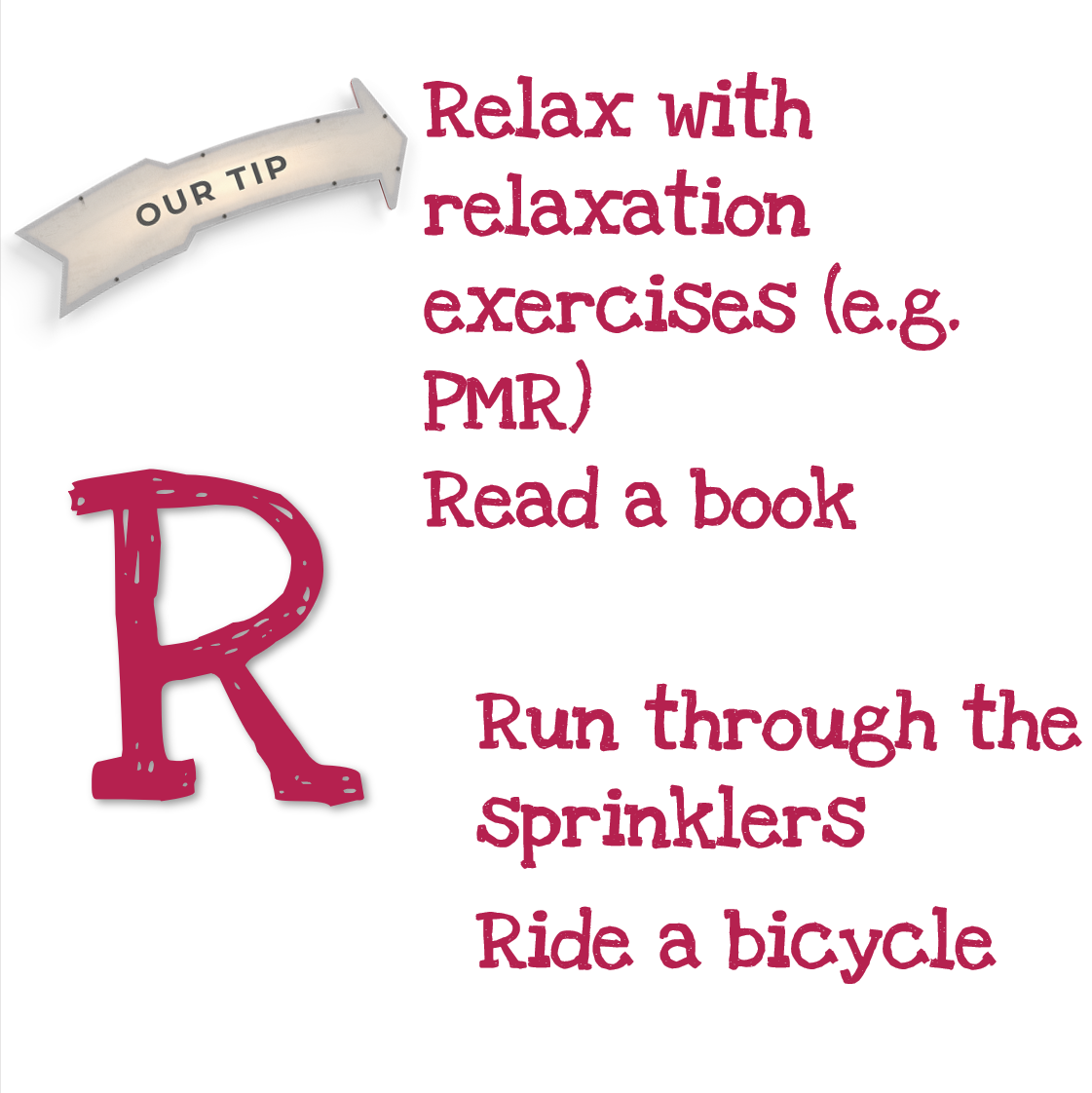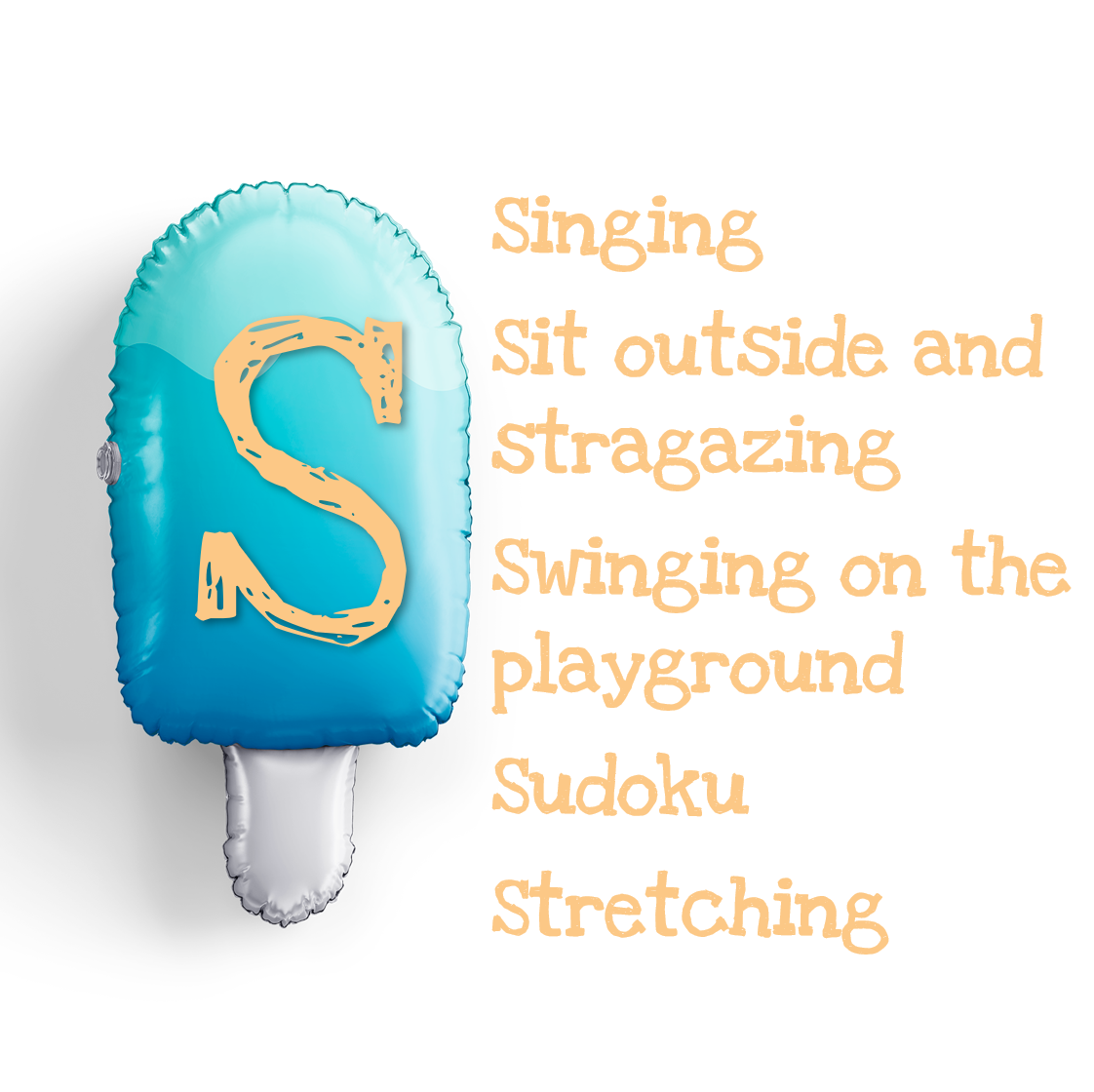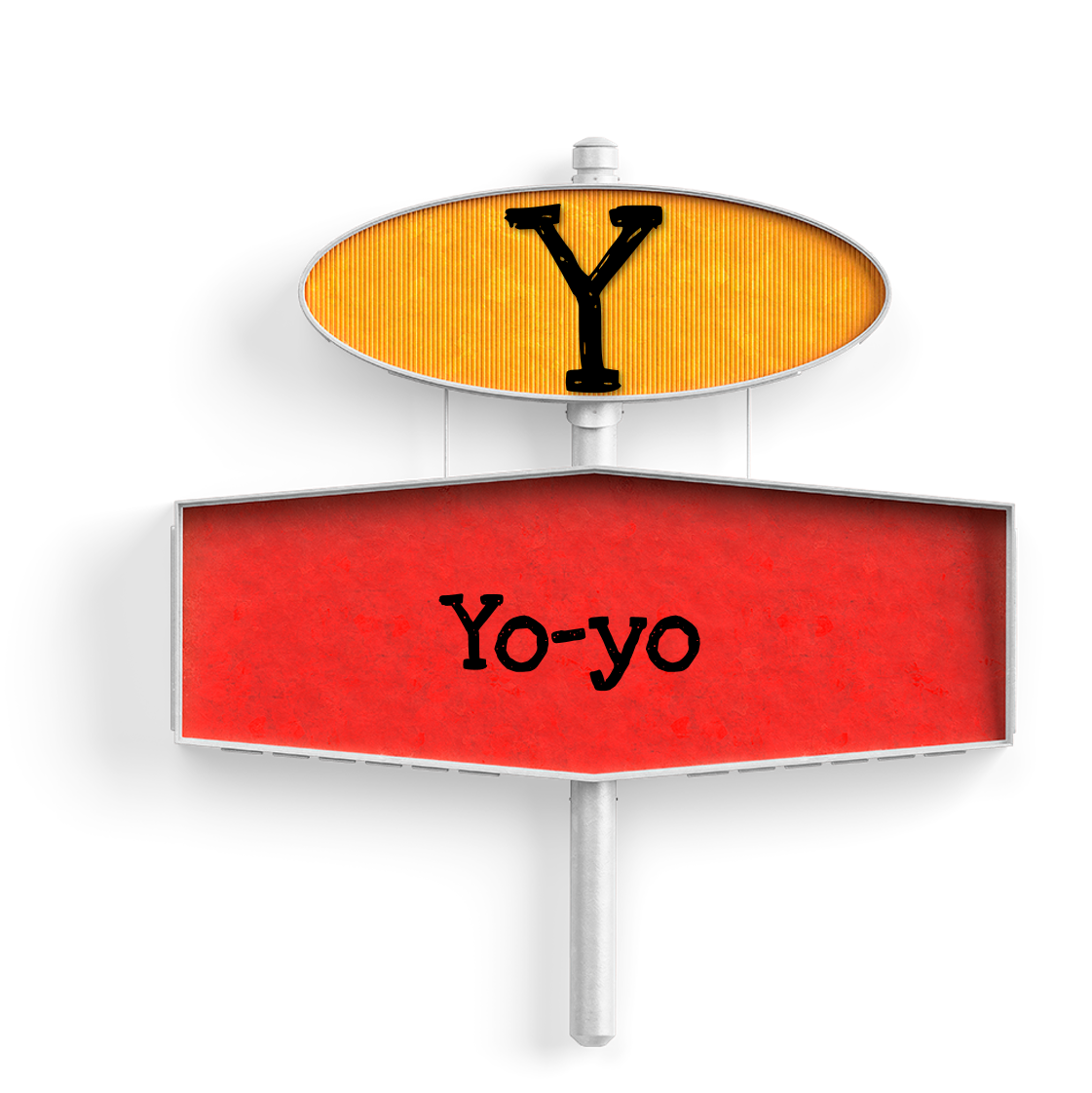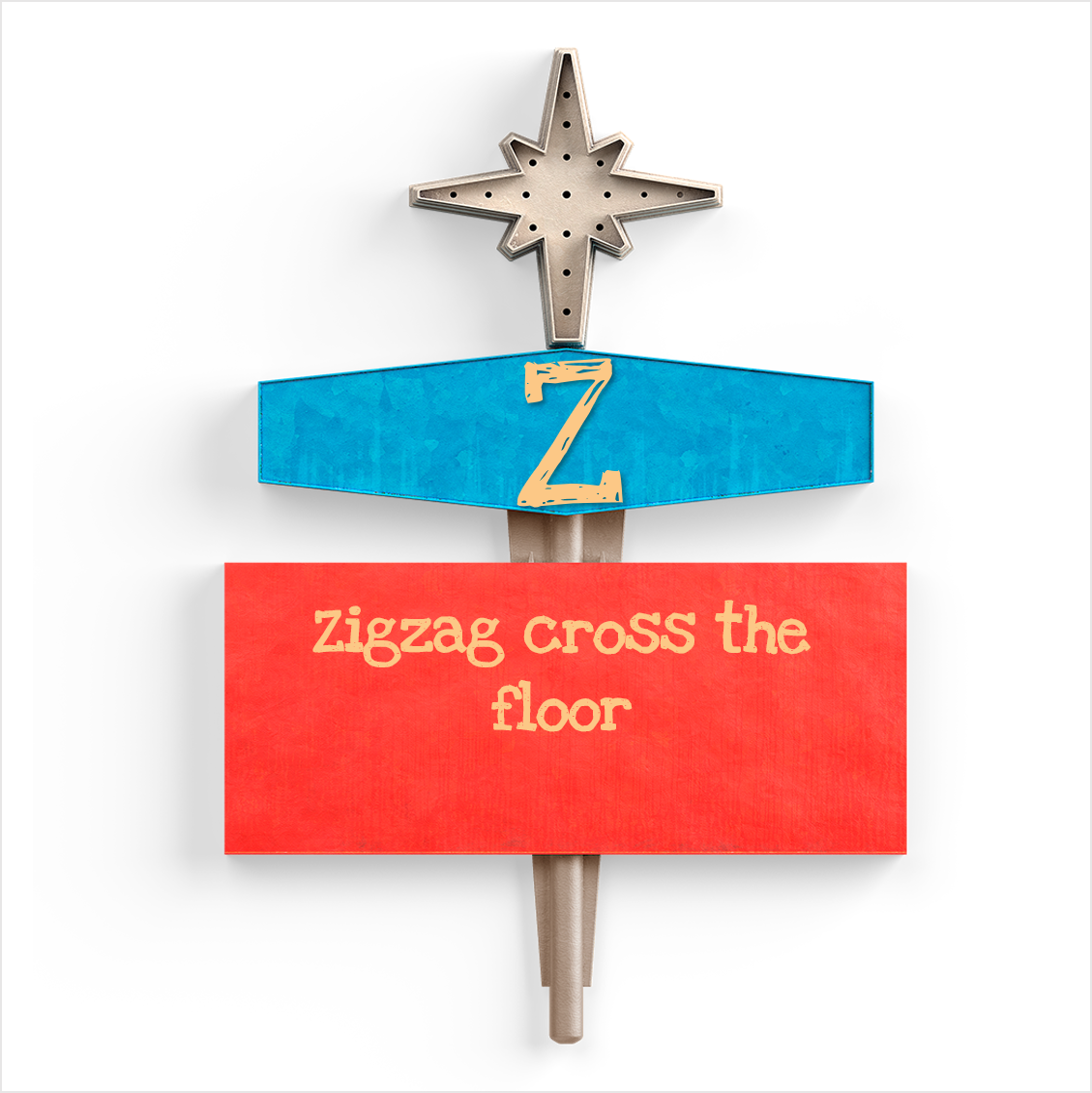What can you do to relieve tension-type headaches?

What can you do to relieve tension-type headaches?


What can you do to relieve tension-type headaches?

In most cases, tension-type headaches and migraines should be treated differently!
So here are tips for dealing specifically with tension-type headaches!
Keep in mind:
Even if you have tension-type headaches, you may also have migraines! It’s possible that you have both types of headaches.
If you’re still feeling unsure about what type of headaches you have, review the overview of headache types or try the bounce test!
What can I do if I have a tension-type headache right now?
If your tension-type headache is mild, you’re probably already doing what experts recommend doing: keep going with your normal activities! Try not to think about it and after a while, the headache will get better on its own. You may not even notice when it stops.


But if your tension-type headaches are severe, you may have thoughts like, “This headache is really annoying,” “I can’t concentrate,” or “This headache really needs to stop now.” You might need to use some tools to help you manage them.
Here’s what you can do for tension-type headaches!
Click through all of the tools on the slides below to get some ideas!
What can you do for tension-type headaches…?
Active distraction and more!
Check out what you can do…

Continue!
- Keep going to school and participating in your classes.
- Try to stay active with sports or other recreational activities – even if it’s difficult at first.

Distraction!
- Chat with your friends
- Listen to your favourite playlist
- Focus on something interesting
This is how you draw attention away from the pain and towards beautiful things.


Take a deep breath!
- Inhale deeply through the nose and slowly exhale through the mouth
- This is especially good in fresh air or at an open window
- Go and check out some breathing exercises

If possible, don’t take any pain medication!
- Most of the time, you can reduce your tension-type headaches just through distraction, exercise, and breathing exercises. In fact, studies have shown that pain medications are not more effective than exercise.
- In fact, taking too much medication can actually lead to more headaches and other problems for your body. You can find more information here:
Isn’t that weird? “Taking too much pain medication too often can lead to more headaches.” Why is that?
Scientists have found that people who take pain medication very frequently develop another type of headache that will not go away. This kind of headache, sometimes called a “medication-induced” or “rebound” headache, can be mistaken for a regular headache. When this happens, many people keep taking their pills and so the medication-induced headache can’t get better!
What’s the solution? There’s only one thing that can help a medication-induced headache: stop taking pain medication altogether until everything is okay again. Most children and adolescents need help from experts to do this.
That’s why it’s important to avoid taking medication for tension-type headaches. Unfortunately, no one knows exactly how much pain medication is too much (and would make headaches worse) – it’s probably different for each person! Experts have determined that taking pain medication 15+ days a month is too much. But this is only a guideline and may be even lower, especially for children.
At the link below, you’ll find tips on preparing for medical appointments as well as contact information for child pain experts.
How can distraction help with tension-type headaches?
Perceiving pain takes place in the brain. Because of that, how you experience pain can be changed. When you shift your attention away from pain, the pain intensity decreases. This means that when you are distracted, you feel less pain. The reason for this is that the pain center is not as active as much when you focus on something other than pain (a distraction).
Slide the red bar from left to right to see what happens in the brain when your attention is focused on the pain vs. what happens when you distract yourself!
Can you see the difference? You can tell how active the pain center is by the size and color of the glowing area. The bigger the area and the more it glows (highest activity is red), the more active the pain center is. This means pain is experienced more strongly.
Graphic: APPLAUS-Project
Without our brain, we can’t perceive pain!
The pain center in our brain is a part of the cerebral cortex called the primary somatosensory cortex. This part of the brain is responsible for processing information from your senses, including touch, pressure, temperature, and pain.
Research has shown that the pain center of the brain is less active when people distract themselves. As a result, when distracted from pain, they feel like their pain is less intense.
In one study, the scientists recorded the brains of two groups of people. In the first group, the participants were simply asked to touch something hot. In the second group, the participants were asked to touch something hot AND think of a pleasant memory while doing it to distract themselves. Both groups were given the same hot temperature, but the distracted group felt the pain from it only half as strong!
You can see this effect in the two pictures with the red bar above: When attention is focused on the pain, the pain center becomes highly activated. Yet with a distraction, the pain center only gets activated a little bit.
Source: Bushnell et al., 1999
How do you distract yourself?
Looking for good ideas on how to distract yourself from pain? Press the start button to get inspired!
If you have frequent tension-type headaches…
You should try to reduce your stress. On top of that, exercising and getting enough sleep can also help so that your tension-type headaches occur less often and are not as strong!
Find more details about these strategies at…
You’ve learned quite a bit about tension-type headaches. Put your knowledge to the test with this fun quiz!
Click here to test your knowledge on tension-type headaches.
Click here to review what causes tension-type headaches.




